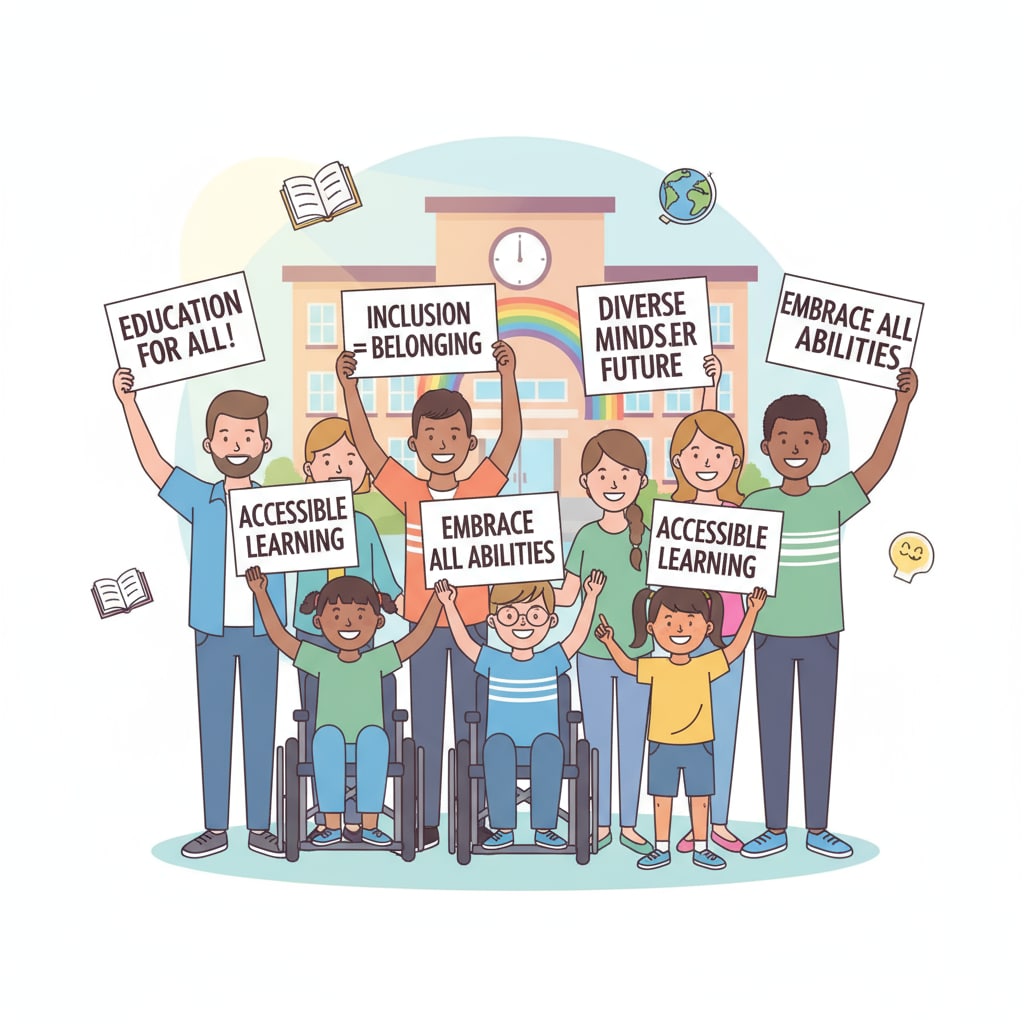The ongoing power struggle in education has seen the LGBTQ+ community actively participating in school board elections, pitted against organizations like Moms for Liberty. This contest is not just about political influence; it’s a deep-seated battle for the future of education, especially in terms of inclusivity and diversity.

The Rise of LGBTQ+ Representation in School Boards
In recent times, there has been a notable increase in the number of LGBTQ+ individuals running for school board positions. This is a direct response to the growing conservative influence on education policies. These candidates aim to bring a more inclusive perspective to the table. For example, they advocate for comprehensive sex education that acknowledges the experiences of LGBTQ+ students. According to Human Rights Campaign’s research on equality in schools, inclusive education policies lead to better mental health and academic performance among LGBTQ+ youth.

The Conservative Pushback: Moms for Liberty’s Role
Moms for Liberty has been at the forefront of the conservative push in education. They have been vocal about their opposition to what they term as “radical” LGBTQ+ inclusion in schools. Their efforts have led to the introduction of policies that limit discussions around gender identity and sexual orientation in the classroom. However, this approach has been widely criticized. As stated by American Psychological Association’s research on school safety for LGBTQ+ students, such restrictive policies can create a hostile environment for these students.
The power struggle between the LGBTQ+ community and conservative groups like Moms for Liberty is far from over. The outcome of these school board elections will have a profound impact on the education that future generations receive. It is crucial that we support inclusive education and ensure that all students feel welcome and valued in their learning environments. Readability guidance: We’ve used short paragraphs and included relevant research links to make the content accessible. The images help illustrate the key points. Transition words like “however” and “for example” are used to enhance flow.


